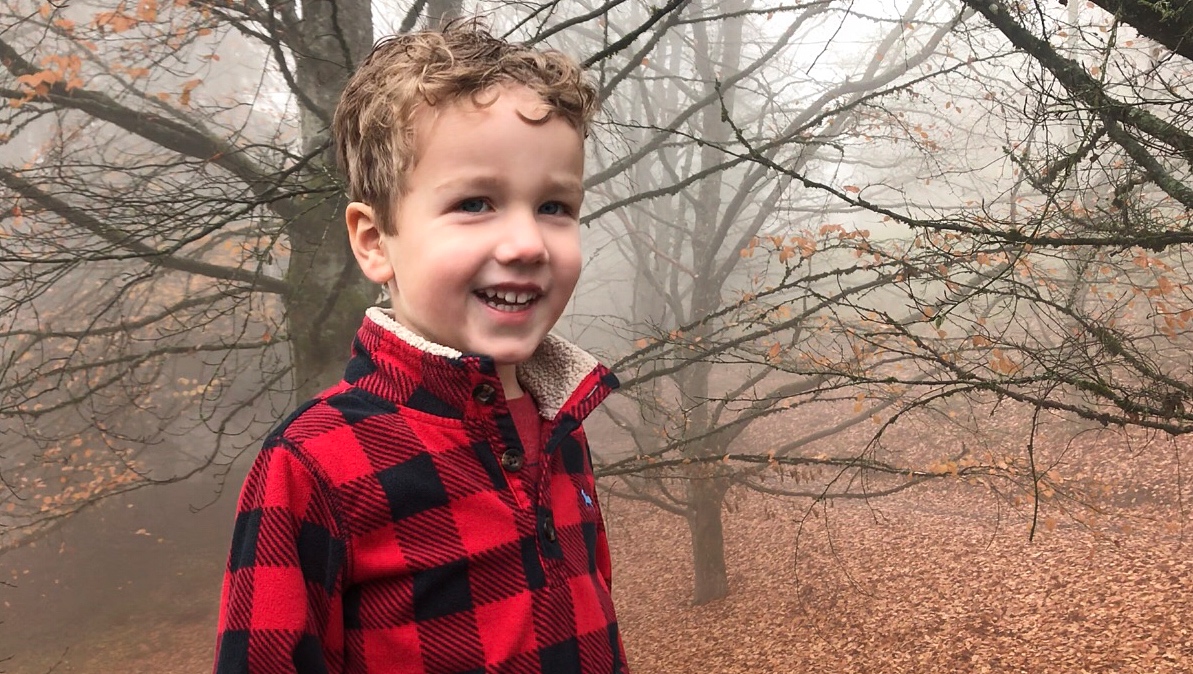Doose syndrome is a rare catastrophic form of early childhood epilepsy with no known cause or cure. We exist to improve quality of life and provide support for families.
Myoclonic Atonic Epilepsy
What is Doose syndrome
Doose syndrome is a rare form of early childhood epilepsy that usually begins between the ages of 1 and 5. The median age at onset is 3 years old. Children are usually developing normally prior to onset. Currently, the cause of this condition is still undetermined though it is believed to be genetic.
Doose Syndrome
How do I find support?
The constant care, stress, and worry associated with a child living with Doose syndrome can severely impact the person and the family’s quality of life including siblings. Parents need to develop a network of support beyond just their medical teams.
Myoclonic Atonic Epilepsy
What are the Treatment Options?
Treatment options for Doose Syndrome include a variety of medications, medically supervised diets, in some cases surgical interventions, or alternative treatments.
Learn All About Individuals Living with Doose syndrome
Samuel
After a totally normal first year Samuel had his first seizures just hours after his 1-year vaccine. They started as drop seizures and long tonic-clonic ...
Read More →
Balsam
Our journey started when Balsam was two and a half. He was doing yoga in our living room. As he bent himself into downward dog, ...
Read More →
Oscar
Oscar had his first seizure a few weeks after his 3rd birthday, a week later another, doctors said they didn’t think he was having seizures ...
Read More →
Bennett
Mother has Juvenile Myoclonic Epilepsy. Bennett was exposed to Valproic Acid during pregnancy. Rough birth, ICU for 1 week. Then, generally slower to develop, first ...
Read More →
Gabriel
My sweet son Gabriel started off his life like any other 2-year-old boy playing with his older sister, going to daycare and having a happy ...
Read More →
6 Year Old Girl
Small head nods, almost imperceptible at 2, became more significant over months. By 2.5, was having head drops. At most, sets of 3, 6-7 times ...
Read More →
Drew
The first seizure was at 3 yrs 1 month. My 5 yr old daughter asked me while I was in the kitchen working “Mommy…. Why ...
Read More →
Zayne
Zayne is a fun-loving goofy fast-paced boy. Zayne had his first known seizure on July 31st, 2020. In the coming week, things got worse and ...
Read More →
Sal
Sal’s journey began at 10 months of age. We were seeing him get “startled” a lot. We later learned they were Myoclonic seizures. Many months ...
Read More →







